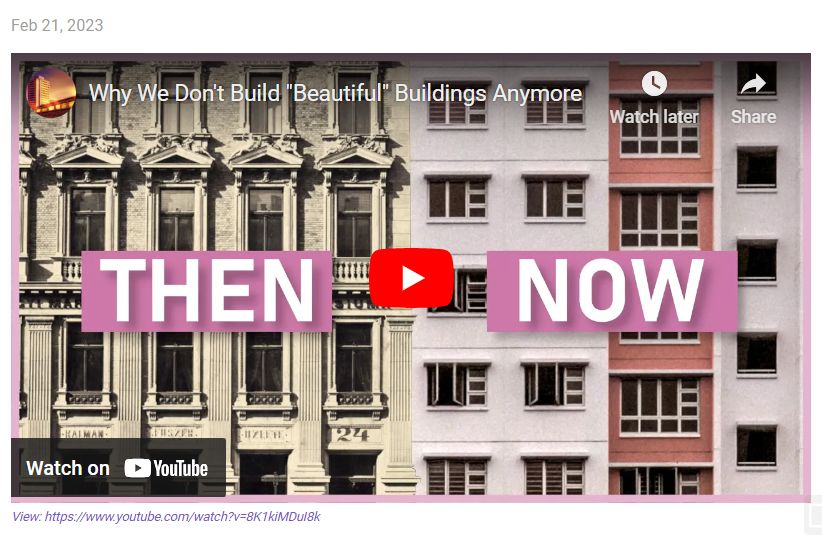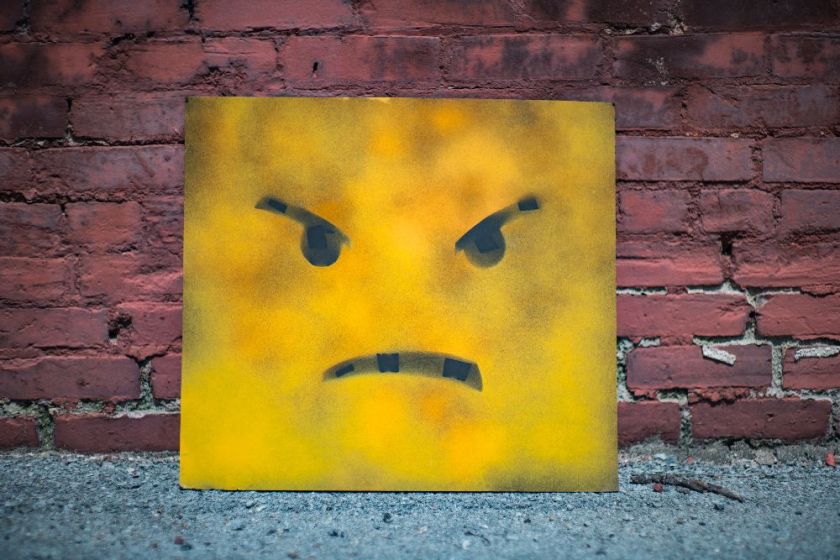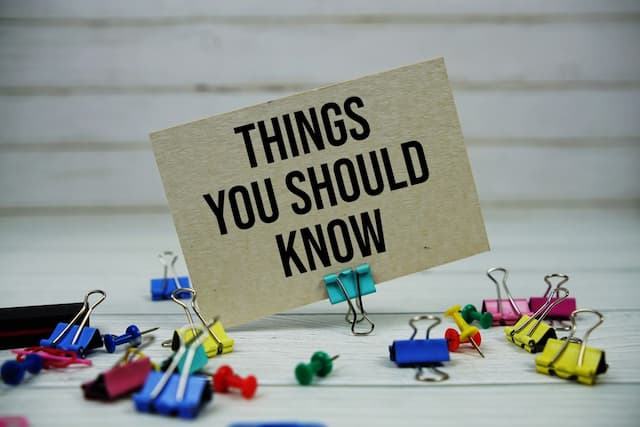Why aren’t things beautiful anymore?
By Elizabeth Prata

I saw on Twitter a while ago the question posed: “Why don’t we make things like this any more?”
The tweet author presented photos of ornate and beautiful buildings: cathedrals, skyscrapers like Empire State and Chrysler building, Taj Mahal and the like.

Why don’t we build beautiful buildings any more? I wonder that too. I searched and found this video which I think explains it in a reasonable way. Of course, his is not the only opinion, but he did make sense. It is a 10-minute video with nice graphics.
Why don’t we build beautiful buildings any more?
Others have remarked on this idea, too:

But it’s not just buildings. I mean, buildings are important. They are our landscape; the silent, insentient forms populating our visible spaces. I personally believe we need beauty in our lives and that includes buildings plus everything else we see. Anything we see: art, fashion, interior décor, exterior architecture. Beauty. We need it.
RC Sproul thought the same. He was big on “Goodness, Truth, and Beauty.” A while ago when I searched for a teaching on beauty, his was just about the only one I found. It was a course called “Recovering the Beauty of the Arts.”
In that course, Sproul said,
“In the history of the Christian church, goodness, truth, and beauty have remained the three most important concepts. Unfortunately, we have historically overemphasized one at the expense of the others. Some stress ethics, others stress doctrine, and still others stress beauty. But rightly viewed, all three are to be emphasized, since they are all interdependent and interrelated.”
We see that played out in Psalm 27 when David noted the origin of beauty:
One thing I have asked from Yahweh, that I shall seek:
That I may dwell in the house of Yahweh all the days of my life,
To behold the beauty of Yahweh
And to inquire in His temple.
Psalm 27:4
in 1 Chronicles 16:8–36, David the king mentions God’s glory often—a word that refers to His majesty, worth, and splendor. He then calls on God’s people to worship the Lord in the beauty of His holiness. We are to worship the Beautiful, said Sproul.
Ascribe to Yahweh, O sons of the mighty,
Ascribe to Yahweh glory and strength.
Ascribe to Yahweh the glory of His name;
Worship Yahweh in the splendor of holiness.
Psalm 29:1-2
Ponder the word “splendor”. It means grandeur, majestic. We don’t really use the word splendor in common conversation much any more. Growing up in the 1960s, there was a song called Love is a Many Splendored Thing. Aside from the Bible, that’s the only time I heard the word in secular life.
Sproul said further of Christians and Art: “While the Christian church has produced some of the finest artists in history, the modern church has tended to marginalize artists by implying that their vocation is somehow more worldly.“
True.
Art can be ugly, you know. Yes, I know that art is subjective, but you know ugly when you see it. Witness the reaction of the populace of my city when the City installed public art that was pretty much universally denounced as ugly. One local Redditor posted, “Can we all commiserate on how terrible this is?” and hundreds of comments ensued. Then, uh-oh, this news story about this same installation: “Controversial downtown artwork vandalized”. Its ugliness prompted someone to take negative action. We need beauty. Ugliness offends us.
Or how about the MLK statue recently installed in Boston’s Common, Slammed as “The Ugliest Thing Ever.” People tend to take beauty for granted…until ugliness comes in and by contrast, and we mourn the ugly in our need for the beautiful.
The tweet that got me started on this personal musing on beauty and the increasing lack of it in the world, is the tweet author’s opinion that the beauty we mourn the loss of is not exclusive to buildings and art forms like songs and 2-dimensional art, but in people, too.
He had noted that it seems that people dislike going outside into the world now because of lack of aesthetics in people. Not their physical looks, but faces, dress, and attitude. There seem to be so many ugly dressed people, ugly character, and ugly speech.
I was surprised when I went to Italy for the first time in 1990. Maybe things are different now, but when I traveled there, I saw that everyone out and about was dressed beautifully. From head to toe, men and women were polished. They took care and pride in their appearance. Not surprising, Italians through the ages have always loved beauty and they have consistently crafted gorgeous buildings, appealing art, and high fashion. They took beauty seriously.
But I believe we are becoming increasingly inured to the ugliness around us, accepting it and not even noticing its impact on our soul.
Remember, satan always tries to beautify sin. As sin increases (as the Lord lifts His hand of restraint) people’s sin also rises closer to the surface. In the past, moral pressure from society and also a Christian veneer everywhere kept people’s sin more hidden. Now, it is clearly everywhere, including on people’s faces. The rising sin in individuals and in society as a whole is seen on faces.
I am always reminded of Cain’s face when God accepted Abel’s offering and rejected Cain’s,
And the LORD had regard for Abel and his offering; but for Cain and his offering He had no regard. So Cain became very angry and his face was gloomy. Then the LORD said to Cain, “Why are you angry? And why is your face gloomy? If you do well, will your face not be cheerful? (Genesis 4:4a-7b NASB).
I like the KJV of verse 6: “And the LORD said unto Cain, Why art thou wroth? and why is thy countenance fallen?”
Think about that connection: as sin rises, the face falls. Cain was the Bible’s first angry, depressed man. And it showed on his face.
COUNTENANCE One’s face as an indication of mood, emotion, or character (Gen. 4:5–6; Prov. 15:13; Eccles. 7:3; Mark 10:22). Holman Illustrated Bible Dictionary.
How about today’s world? With sin rising, don’t people look more upset/angry/depressed/cranky, etc? I believe they do.

Matthew Henry says of the Genesis 4 verse and Cain’s face:
God puts Cain himself upon enquiring into the cause of his discontent, and considering whether it were indeed a just cause: Why is thy countenance fallen? Observe, 1. That God takes notice of all our sinful passions and discontents. There is not an angry look, an envious look, nor a fretful look, that escapes his observing eye. 2. That most of our sinful heats and disquietudes would soon vanish before a strict and impartial enquiry into the cause of them. “Why am I wroth? Is there a real cause, a just cause, a proportionable cause for it? Why am I so soon angry? Why so very angry, and so implacable?”
Henry, M. (1994). Matthew Henry’s commentary on the whole Bible: complete and unabridged in one volume (p. 17). Hendrickson.
Mostly everyone is angry now. It shows.
Absent the Holy Spirit inside us, people will continue to look (and speak and dress) in increasingly ugly ways. One good thing about this, the only thing I think, is that as their faces fall further and ugliness rises, the ONE and ONLY place where beauty reigns is in Jesus. His light is splendorous.

Goodness, Truth, & Beauty Ligonier (Harry Reeder)
In Christian theology, beauty demands to be noticed essay
The Liberated Imagination: Thinking Christianly About the Arts, by Leland Ryken book
Beauty and the Beholder: A Christian View of Aesthetics and Art (outline)
Art and the Bible, Francis Schaeffer (very short book)






